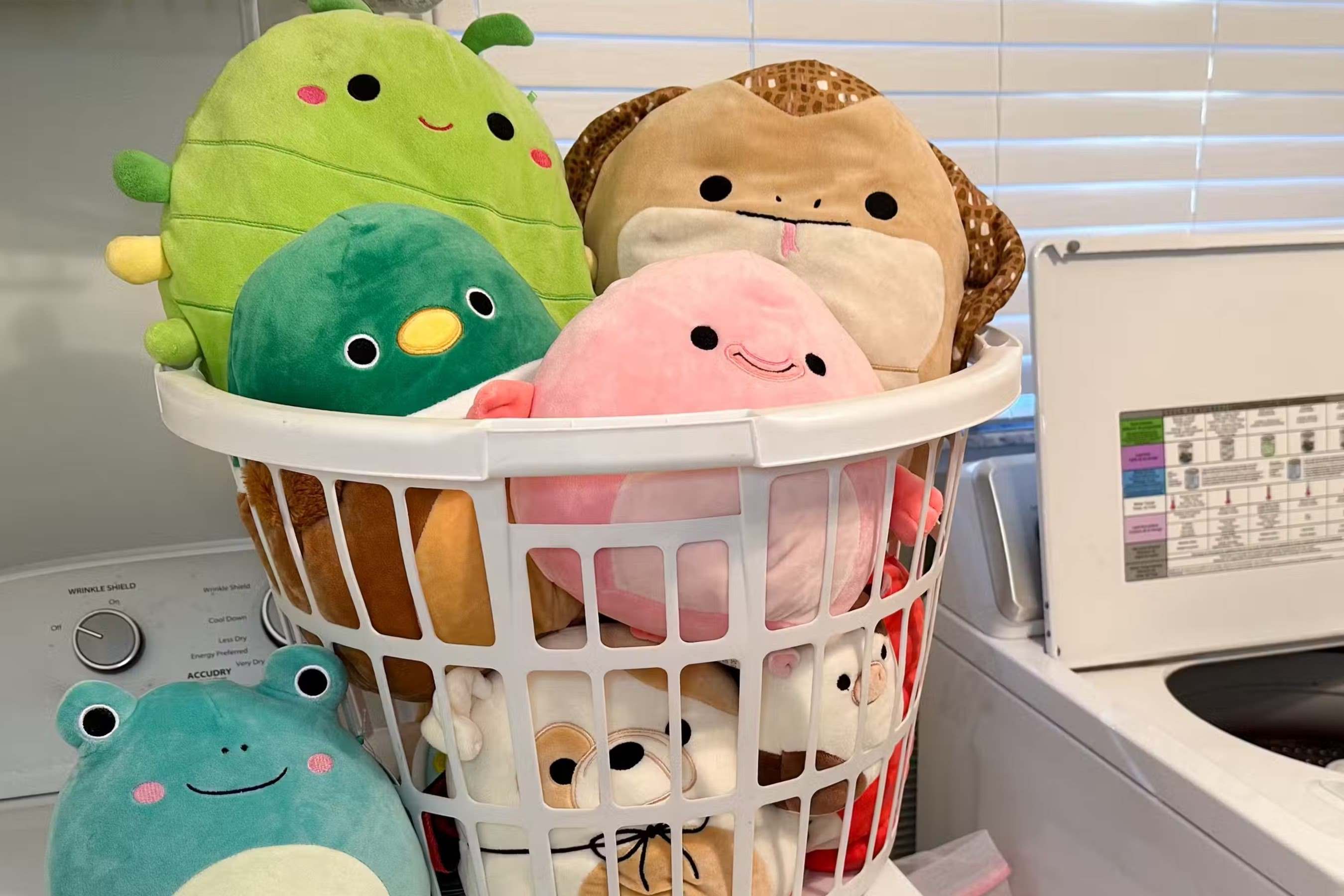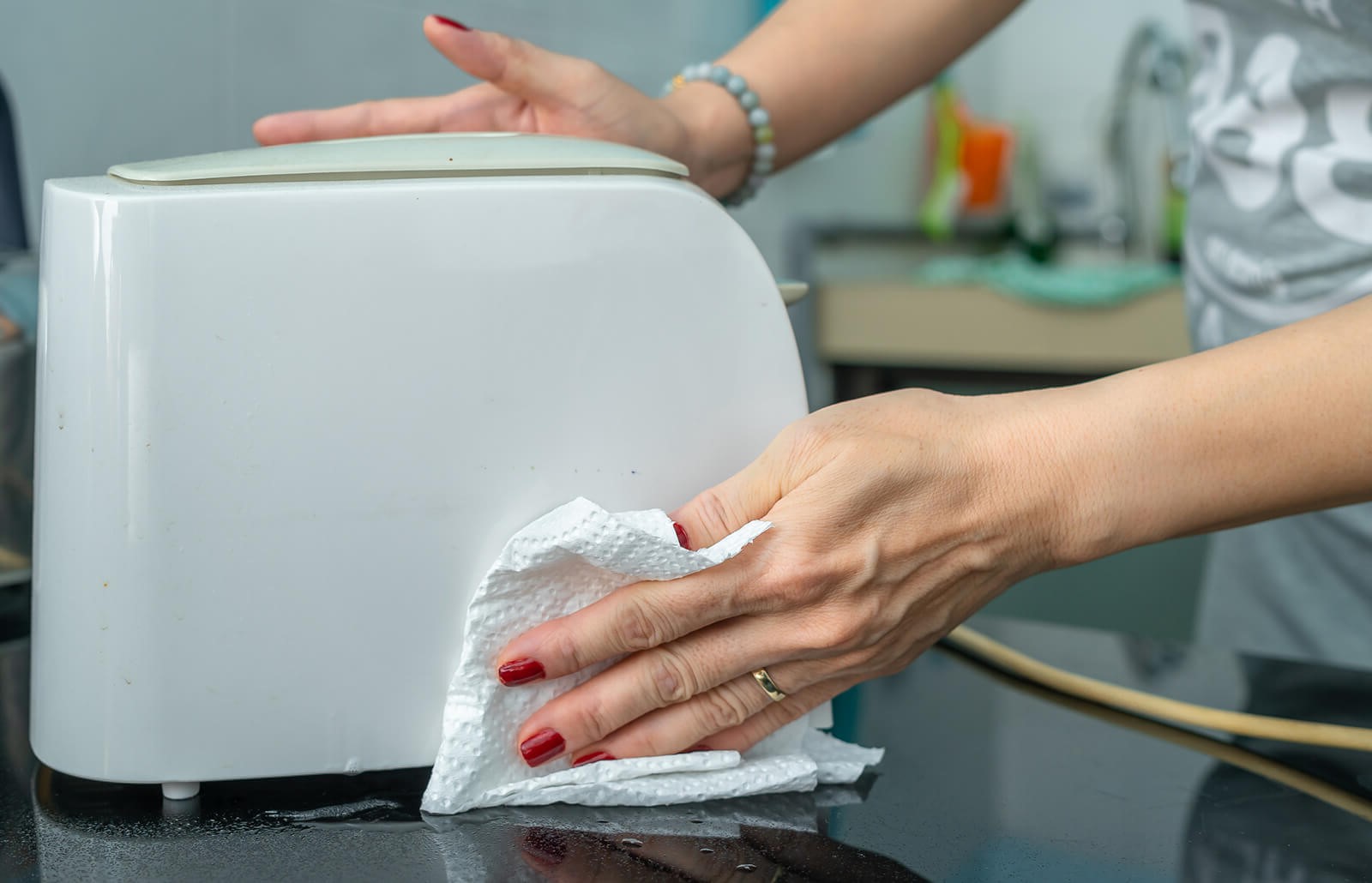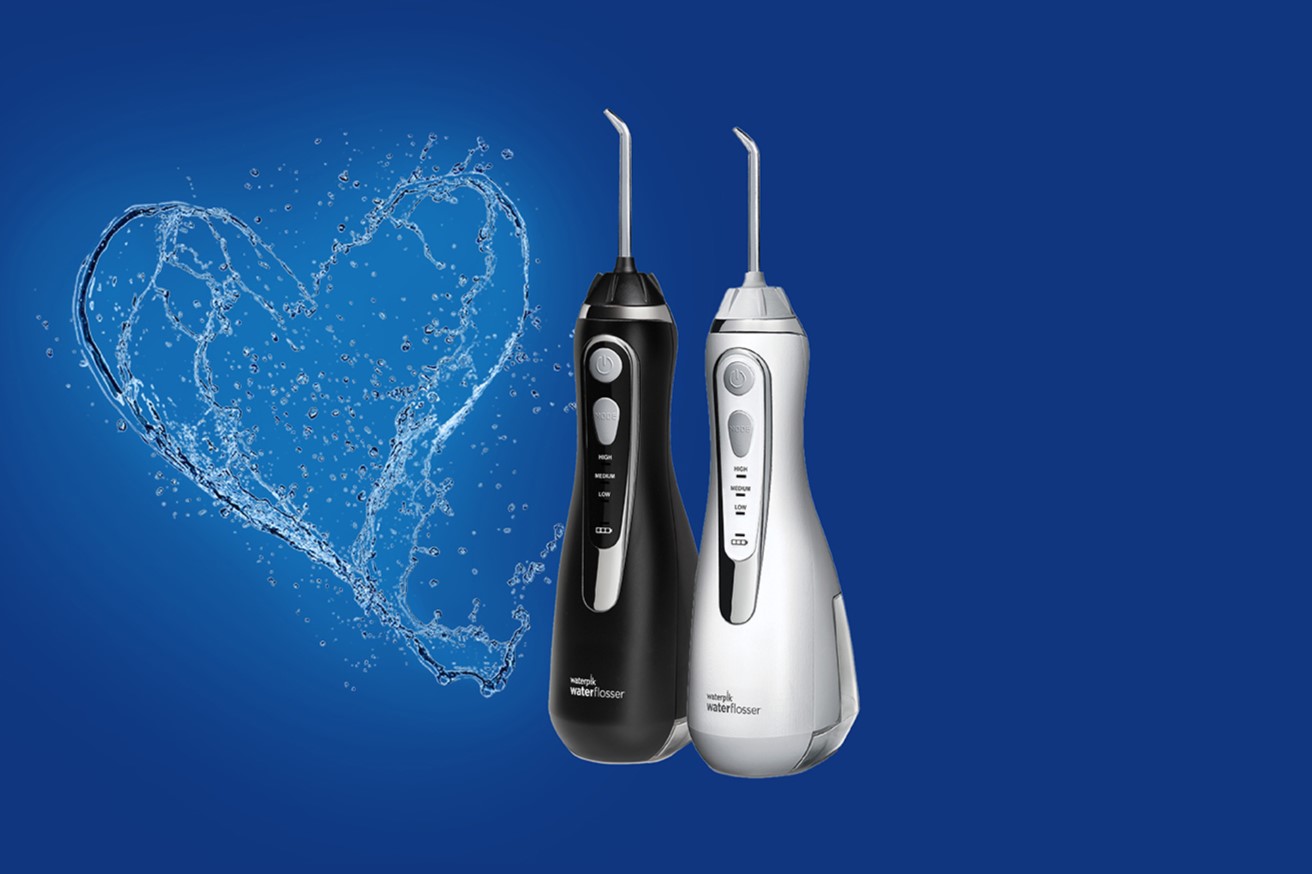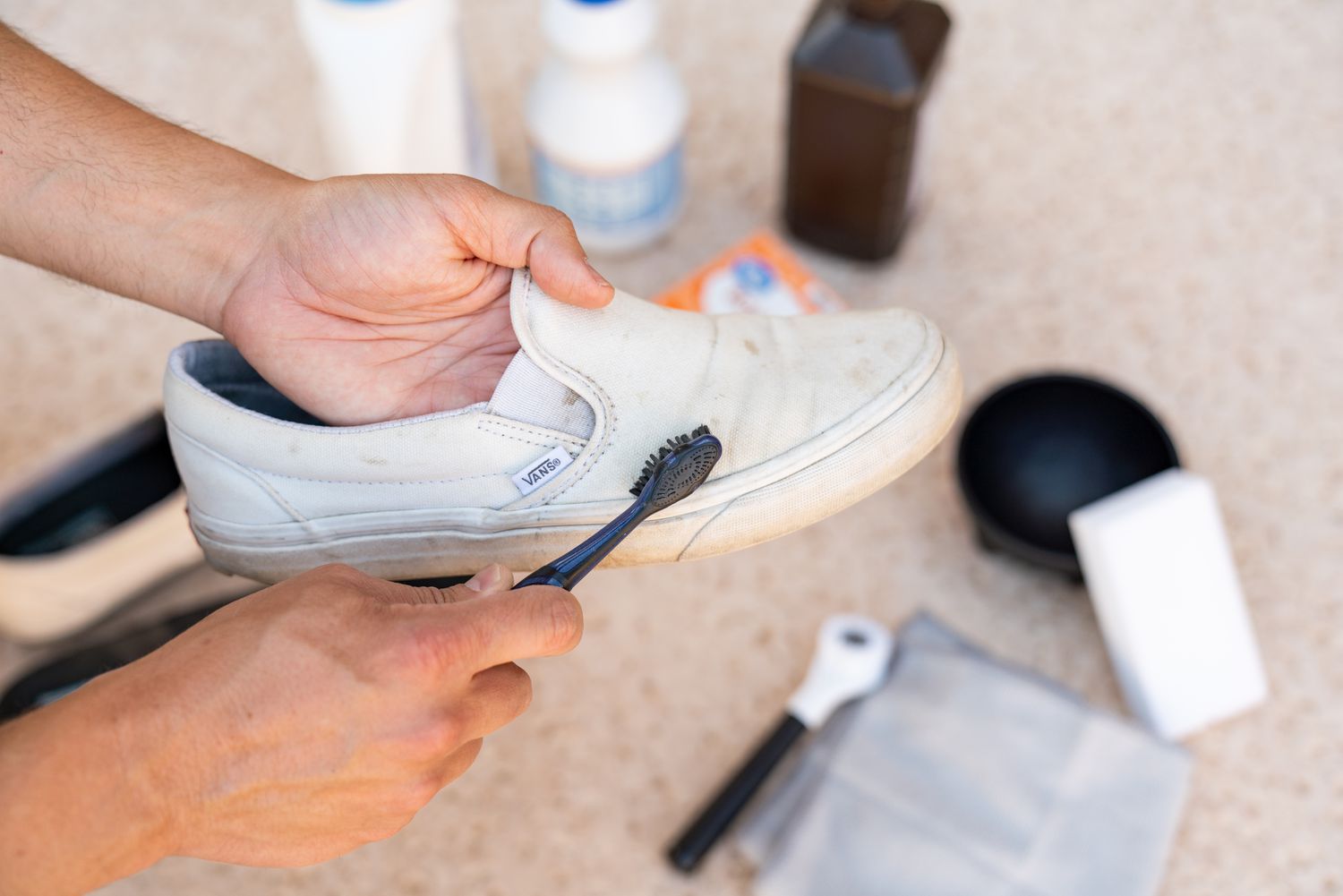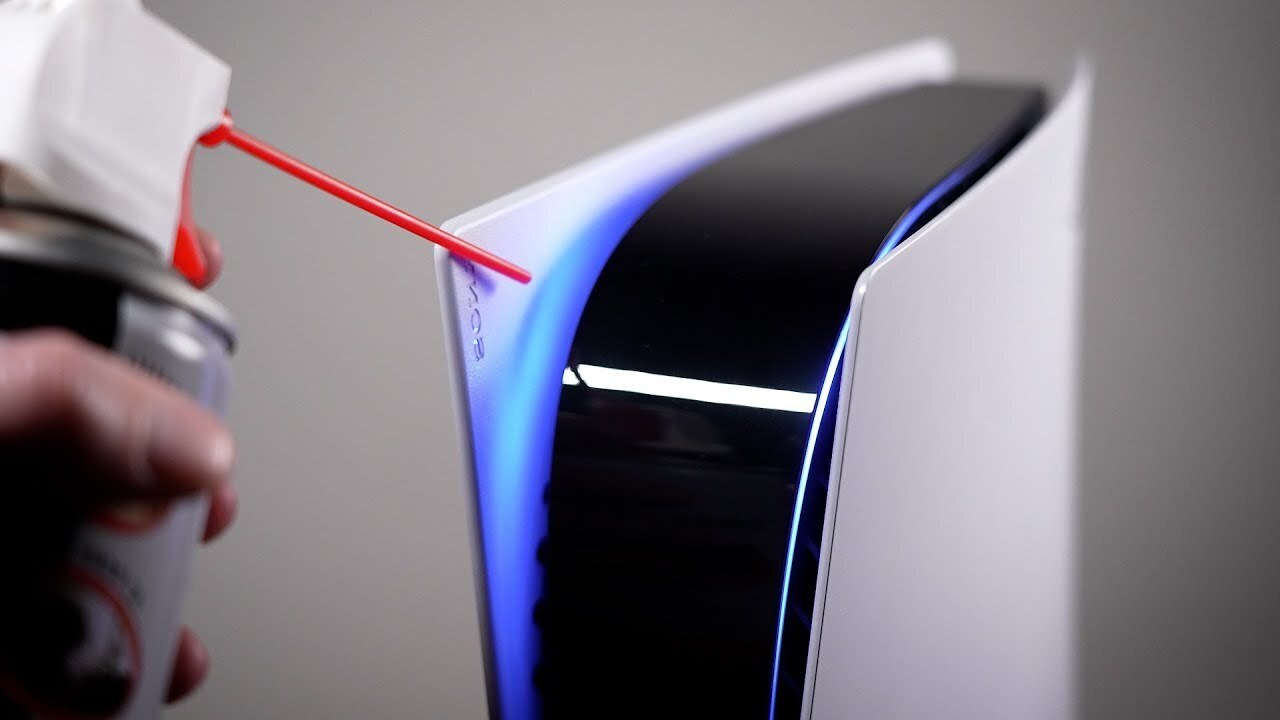Home>Home and Garden>How To Clean Dyson Filter
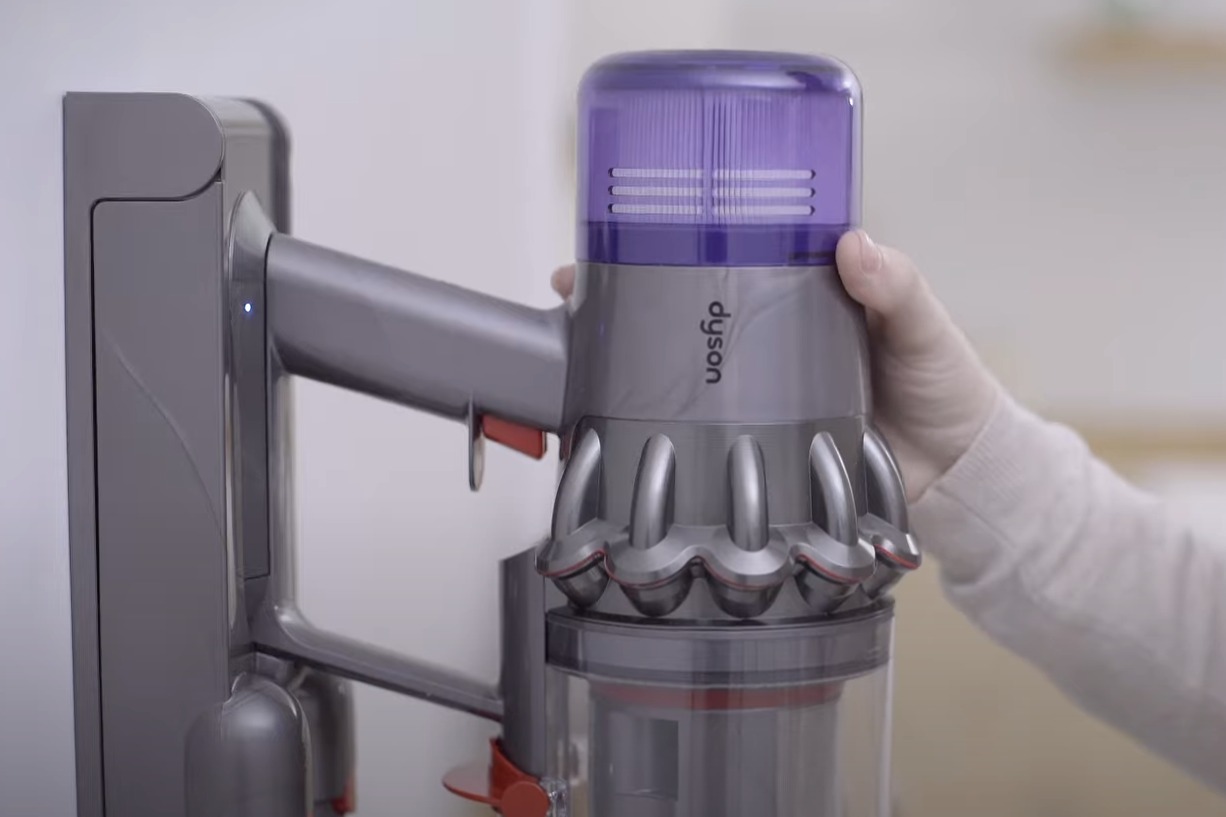

Home and Garden
How To Clean Dyson Filter
Published: March 2, 2024
Learn how to clean your Dyson filter effectively to maintain a healthy home environment. Follow these simple steps for a cleaner and fresher living space. Ideal for home and garden enthusiasts.
(Many of the links in this article redirect to a specific reviewed product. Your purchase of these products through affiliate links helps to generate commission for Noodls.com, at no extra cost. Learn more)
Table of Contents
Introduction
Maintaining a clean and efficient home environment is a top priority for many individuals. A key component of this endeavor involves the regular maintenance of household appliances, such as the Dyson vacuum cleaner. The Dyson filter plays a crucial role in ensuring the optimal performance of the vacuum cleaner by trapping dust, dirt, and other particles during the cleaning process. Over time, however, the filter can become clogged and less effective, leading to a decline in the vacuum's suction power.
Understanding the importance of a clean Dyson filter is essential for preserving the longevity and functionality of the vacuum cleaner. By learning how to properly clean and maintain the filter, homeowners can ensure that their Dyson vacuum continues to operate at peak performance, effectively removing dirt and allergens from their living spaces.
In this comprehensive guide, we will delve into the intricacies of cleaning a Dyson filter, providing step-by-step instructions and valuable insights to help you maintain your vacuum cleaner with ease. By following these guidelines, you can extend the lifespan of your Dyson filter and optimize the performance of your vacuum cleaner, ultimately contributing to a cleaner and healthier home environment for you and your family.
Read more: How To Clean Dyson Vacuum
Understanding the Dyson Filter
The Dyson filter is a critical component of Dyson vacuum cleaners, playing a pivotal role in capturing and trapping dust, dirt, and other particles during the cleaning process. This essential element is designed to maintain the cleanliness of the air expelled from the vacuum, ensuring that it is free from potentially harmful particles that could otherwise be released back into the environment.
Dyson vacuums are equipped with various types of filters, including pre-motor and post-motor filters. The pre-motor filter is responsible for capturing larger particles before they reach the vacuum's motor, while the post-motor filter captures smaller particles, such as allergens and bacteria, before the air is expelled back into the room. Understanding the specific type of filter in your Dyson vacuum is crucial for effective maintenance and cleaning.
Over time, the filter can become clogged with dirt and debris, diminishing its ability to effectively capture particles and compromising the vacuum's suction power. This can lead to reduced cleaning efficiency and potentially impact the overall air quality in the home. Regular maintenance and cleaning of the Dyson filter are essential to ensure the continued performance and longevity of the vacuum cleaner.
It's important to note that neglecting the maintenance of the Dyson filter can result in decreased suction power, reduced airflow, and potential damage to the vacuum's motor. Additionally, a dirty filter can lead to the release of dust and allergens back into the air, which can be particularly problematic for individuals with respiratory conditions or allergies.
By understanding the significance of the Dyson filter and its impact on the performance of the vacuum cleaner, homeowners can prioritize its regular maintenance as part of their cleaning routine. This proactive approach not only ensures the efficient operation of the vacuum but also contributes to a healthier indoor environment for occupants.
In the next sections, we will delve into the practical steps and techniques for cleaning and maintaining the Dyson filter, empowering homeowners to take proactive measures in preserving the functionality and effectiveness of their Dyson vacuum cleaner.
Tools and Materials Needed
Cleaning a Dyson filter requires a few essential tools and materials to ensure a thorough and effective maintenance process. Before embarking on the cleaning procedure, it's important to gather the following items:
-
Dyson Vacuum Cleaner: The vacuum cleaner itself is a crucial tool for accessing and removing the filter from its housing. Ensure that the vacuum is unplugged before beginning the maintenance process.
-
Soft-Bristled Brush or Cloth: A soft-bristled brush or a clean, lint-free cloth is essential for gently removing dust and debris from the filter. This tool helps dislodge trapped particles without causing damage to the filter's delicate components.
-
Water: Clean, lukewarm water is required for rinsing the filter during the cleaning process. It's important to use water at a moderate temperature to avoid damaging the filter material.
-
Mild Detergent or Soap: A mild detergent or soap can be used to help dislodge stubborn dirt and grease from the filter. It's important to choose a gentle cleaning solution to avoid damaging the filter's fabric or structure.
-
Drying Area: A well-ventilated and dry area is necessary for allowing the filter to air dry completely after cleaning. Ensure that the chosen location is free from moisture and direct sunlight to prevent potential damage to the filter material.
-
Time: Dedicate sufficient time for the cleaning and drying process. While the actual cleaning may only take a few minutes, allowing the filter to dry thoroughly is essential before reinstalling it in the vacuum cleaner.
By gathering these tools and materials, homeowners can effectively prepare for the task of cleaning and maintaining their Dyson filter. With these essentials at hand, the subsequent steps for removing, cleaning, and reinstalling the filter can be carried out with ease and precision, ensuring the continued optimal performance of the Dyson vacuum cleaner.
Step 1: Removing the Filter
Removing the filter from a Dyson vacuum cleaner is the initial step in the maintenance process, and it requires careful attention to ensure that the filter is extracted without causing any damage. Follow these detailed steps to safely remove the filter from your Dyson vacuum:
-
Prepare the Vacuum: Before beginning the removal process, ensure that the Dyson vacuum cleaner is unplugged from the power source. This precautionary measure eliminates the risk of electrical accidents and ensures a safe maintenance procedure.
-
Locate the Filter Housing: Depending on the model of your Dyson vacuum, the filter housing may be located in different areas. Common placements include the top of the vacuum cleaner, near the handle, or within the dust canister compartment. Refer to the user manual for specific instructions on locating the filter housing for your particular model.
-
Open the Filter Compartment: Once the filter housing is located, carefully open the compartment to access the filter. Some Dyson models feature a quick-release mechanism for easy access, while others may require the removal of a cover or lid to reach the filter.
-
Gently Extract the Filter: With the filter compartment open, gently grasp the filter and carefully pull it out of its housing. Exercise caution to avoid applying excessive force or causing any damage to the filter or the surrounding components. If the filter is tightly secured, refer to the user manual for model-specific instructions on proper removal techniques.
-
Inspect the Filter Housing: While the filter is removed, take a moment to inspect the filter housing for any signs of accumulated dirt, debris, or blockages. Clearing any obstructions from the housing can contribute to improved airflow and overall vacuum performance.
By following these steps, you can safely and effectively remove the filter from your Dyson vacuum cleaner, setting the stage for the subsequent cleaning and maintenance procedures. With the filter successfully extracted, you can proceed to the next phase of the maintenance process, which involves thorough cleaning to restore the filter's optimal functionality.
Step 2: Cleaning the Filter
Once the Dyson filter has been carefully removed from the vacuum cleaner, the next crucial step is to thoroughly clean the filter to remove accumulated dirt, dust, and debris. Proper cleaning is essential for restoring the filter's functionality and ensuring optimal performance of the vacuum cleaner. Follow these detailed steps to effectively clean the Dyson filter:
-
Initial Dust Removal: Begin by gently tapping the filter to dislodge loose dirt and debris. This preliminary step helps to remove surface-level particles and prepares the filter for more thorough cleaning.
-
Soft Brush or Cloth: Use a soft-bristled brush or a clean, lint-free cloth to gently brush away remaining dirt and debris from the filter. Work methodically to cover the entire surface of the filter, paying close attention to any areas with visible buildup.
-
Rinsing the Filter: Fill a basin or sink with clean, lukewarm water. Submerge the filter in the water and gently agitate it to dislodge trapped particles. Avoid using hot water, as it can potentially damage the filter material. If necessary, a mild detergent or soap can be added to the water to help remove stubborn dirt and grease. However, it's important to ensure that the cleaning solution is gentle and non-abrasive to prevent damage to the filter.
-
Thorough Rinse: After gently cleaning the filter, thoroughly rinse it with clean water to remove any remaining detergent or debris. Ensure that all traces of dirt and cleaning solution are completely removed from the filter.
-
Drying the Filter: Once the filter has been rinsed, allow it to air dry completely in a well-ventilated area. Avoid direct sunlight and excessive heat, as these can potentially damage the filter material. Depending on the ambient conditions, the drying process may take several hours. It's essential to ensure that the filter is completely dry before reinstalling it in the vacuum cleaner to prevent mold or mildew growth.
By following these meticulous steps, homeowners can effectively clean the Dyson filter, removing accumulated dirt and debris to restore its optimal functionality. The thorough cleaning process ensures that the filter can continue to effectively capture particles during the vacuuming process, contributing to a cleaner and healthier home environment.
Read more: How To Change Brita Filter
Step 3: Drying and Reinstalling the Filter
After the Dyson filter has been thoroughly cleaned, the final steps involve ensuring that the filter is completely dry before reinstalling it in the vacuum cleaner. Proper drying is essential to prevent mold or mildew growth and to maintain the filter's effectiveness in capturing particles during the cleaning process. Follow these detailed guidelines to ensure the proper drying and reinstallation of the Dyson filter:
-
Air Drying: Place the cleaned filter in a well-ventilated area to air dry. It's important to choose a location that is free from moisture and direct sunlight, as excessive heat and humidity can hinder the drying process and potentially damage the filter material. Allow the filter to air dry completely, which may take several hours depending on ambient conditions.
-
Patience: Exercise patience during the drying process, as ensuring that the filter is thoroughly dry is crucial before reinstalling it in the vacuum cleaner. Rushing this step can lead to residual moisture being trapped in the filter, which can compromise its functionality and contribute to potential issues with the vacuum cleaner's performance.
-
Check for Dryness: Before reinstalling the filter, carefully inspect it to ensure that it is completely dry. Check for any lingering moisture or dampness, particularly in the folds and crevices of the filter. It's essential to confirm that the filter is entirely dry to prevent any adverse effects on its performance and longevity.
-
Reinstallation: Once the filter is confirmed to be completely dry, carefully place it back into the filter housing of the Dyson vacuum cleaner. Ensure that the filter is securely positioned and properly seated in its designated location within the vacuum. Follow any specific instructions provided in the user manual for your Dyson model to ensure correct reinstallation.
By following these meticulous steps for drying and reinstalling the Dyson filter, homeowners can effectively complete the maintenance process, ensuring that the filter is clean, dry, and properly installed in the vacuum cleaner. This meticulous approach contributes to the continued optimal performance of the Dyson vacuum, allowing it to effectively capture dirt, dust, and allergens during the cleaning process, thereby maintaining a clean and healthy home environment.
Maintenance Tips
Maintaining a clean and efficient Dyson filter is essential for ensuring the optimal performance and longevity of your vacuum cleaner. In addition to the regular cleaning process outlined earlier, there are several valuable maintenance tips that can help homeowners preserve the functionality of their Dyson filter and enhance the overall performance of their vacuum cleaner.
-
Regular Inspection: Periodically inspect the filter for any signs of damage, wear, or excessive buildup of dirt and debris. This proactive approach allows you to identify potential issues early and take corrective measures to maintain the filter's effectiveness.
-
Scheduled Cleaning: Establish a regular cleaning schedule for the Dyson filter based on usage frequency and environmental factors. By incorporating filter maintenance into your cleaning routine, you can prevent excessive dirt accumulation and ensure consistent suction power.
-
Filter Replacement: While regular cleaning is crucial, filters have a finite lifespan. Refer to the manufacturer's recommendations for the specific model of your Dyson vacuum to determine the ideal interval for filter replacement. A new filter can significantly enhance the vacuum's performance.
-
Environmental Considerations: Be mindful of the environment in which the vacuum cleaner is used. Homes with pets, high foot traffic, or individuals with allergies may require more frequent filter maintenance to effectively capture pet dander, dust, and allergens.
-
Proper Storage: When the vacuum cleaner is not in use, store it in a clean and dry environment to prevent the filter from accumulating unnecessary dust and debris. Proper storage can prolong the filter's cleanliness and effectiveness.
-
Avoiding Liquid Contact: Ensure that the filter remains dry at all times, as exposure to liquids or excessive moisture can compromise its functionality. Handle the filter with care to prevent accidental damage.
By incorporating these maintenance tips into your cleaning routine and overall care for your Dyson vacuum cleaner, you can maximize its performance and contribute to a cleaner and healthier home environment for you and your family.
These maintenance tips serve as proactive measures to preserve the functionality and effectiveness of the Dyson filter, ultimately contributing to the continued optimal performance of the vacuum cleaner. By integrating these guidelines into your regular cleaning and maintenance routine, you can ensure that your Dyson vacuum operates at peak efficiency, effectively capturing dirt, dust, and allergens to maintain a clean and healthy home environment.
Conclusion
In conclusion, maintaining a clean and efficient Dyson filter is essential for preserving the optimal performance and longevity of your vacuum cleaner. By understanding the significance of the filter and following the comprehensive cleaning and maintenance guidelines provided in this guide, homeowners can ensure that their Dyson vacuum continues to operate at peak efficiency, effectively capturing dirt, dust, and allergens to maintain a clean and healthy home environment.
The process of cleaning the Dyson filter involves careful removal, thorough cleaning, proper drying, and correct reinstallation. Each step is crucial in ensuring that the filter remains free from dirt and debris, allowing it to effectively capture particles during the vacuuming process. By dedicating time and attention to the maintenance of the filter, homeowners can contribute to the sustained performance of their Dyson vacuum, preventing issues such as reduced suction power and compromised air quality.
Furthermore, the maintenance tips provided offer proactive measures to enhance the overall care and effectiveness of the Dyson filter. Regular inspection, scheduled cleaning, filter replacement, environmental considerations, proper storage, and avoiding liquid contact are all integral aspects of maintaining the filter's functionality and optimizing the vacuum cleaner's performance.
By incorporating these maintenance tips into your cleaning routine and overall care for your Dyson vacuum cleaner, you can maximize its performance and contribute to a cleaner and healthier home environment for you and your family. Additionally, staying mindful of the manufacturer's recommendations for filter replacement and adhering to a regular cleaning schedule based on usage frequency and environmental factors are key strategies for ensuring the continued effectiveness of the filter.
In essence, the proper maintenance of the Dyson filter is a proactive investment in the longevity and efficiency of your vacuum cleaner. By following the guidelines and tips outlined in this guide, homeowners can take confident and informed steps toward preserving the functionality of their Dyson vacuum, ultimately contributing to a cleaner, healthier, and more enjoyable living space.






